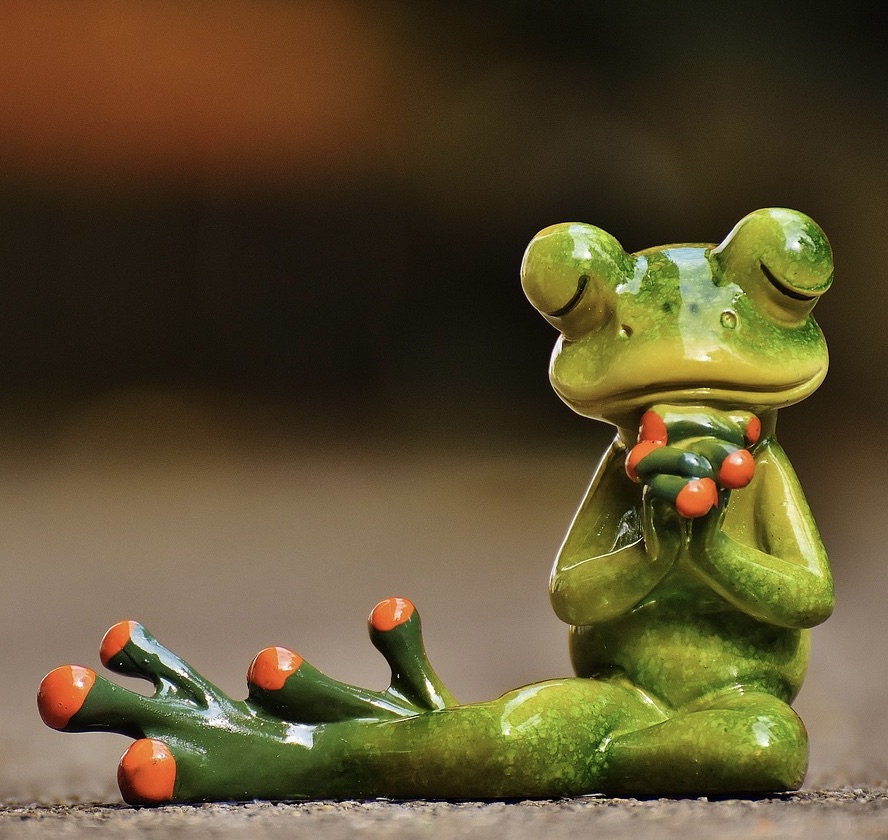Founded in 1990, the Prison Creative Arts Project (PCAP) housed at the University of Michigan Residential College encompasses a range of year-round programs in the visual, literary, and performing arts, conducted by both academically-affiliated groups and volunteer groups. It brings together academics, activists, and community members. PCAP’s programs include a literary journal titled Michigan Review of Prisoner Creative Writing, a podcast, digital and physical art exhibits, weekly workshops, programs for friends and family of incarcerated persons, art-based programs for re-entry, and much more. The program is based on a few core values that include a belief in the value of relations between people, a belief that every individual has a right to the development and celebration of their skills and voices, a belief that the arts can create agents of social justice, and a belief that organizations should foster alliances between a broad variety of individuals in order to enact that social justice.
I’m honored to share with you the work of Rafael DeJesus, Theodora Moss, Gilbert Poole, RoShuan Smith, Raymond Gray, Nino Tanzini, Bryan Picken, Moses Whitepig, Johnnie Trice, and Anonymous Artist. I came up with the theme of “The Politics of Portraiture” when perusing PCAP’s massive archive because I was struck by the wide array of aesthetic and formal styles represented in those archives. These artists construe “portrait” as widely as possible, creating faces and bodies that startle, confront, educate, and surprise. They remind us that the act of looking at another person, or looking at oneself, is as political a gesture as anything else, and that every action we take lives at multiple intersections of the ideational and the literal. The below two- and three-dimensional artworks include a sculpture of the Mad Hatter; a depiction of Donald J. Trump as Humpty “Trumpty”; a charcoal portrait of Ruth Bader Ginsburg; warriors; self-portraits in contemplation, grief, and resurrection; and more. Their work interrogates the idea of witnessing. Who is in these portraits? What are they seeing? Who is watching them as they gaze at us? Who created them and imagined them, and placed them in their settings? What feelings do they invite us to have, and challenge? Which of them meet our eye? Which don’t? Why?
Massive thanks to El Chen, PCAP curator and exhibit coordinator, and Ashley Lucas, PCAP program director, for taking the time to work with me on this profile. And above all, my deepest gratitude to Rafael DeJesus, Theodora Moss, Gilbert Poole, RoShuan Smith, Raymond Gray, Nino Tanzini, Bryan Picken, Moses Whitepig, Johnnie Trice, and Anonymous Artist for allowing us to share their work.
—Sumita Chakraborty, Art Editor
Rafael DeJesus
Theodora Moss
Gilbert Poole
RoShuan Smith
Raymond Gray
Nino Tanzini
Bryan Picken

The Artistic Drive Personified
Moses Whitepig

25 and Counting (Self-Portrait)
Johnnie Trice

Saved Through Art; A Self-Portrait
Anonymous Artist










![Monument for Inger Christensen. Photo by David Stjernholm. Featured image for [o] by Kristi Maxwell.](https://atlengthmag.com/wp-content/uploads/2025/06/Monument-for-Inger-Christensen_Kaare-Golles_002_Photo-by-David-Stjernholm-1280x914-1.jpg)
